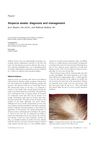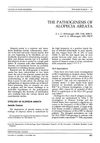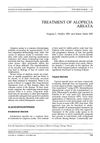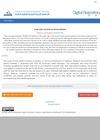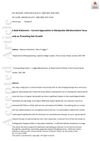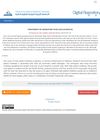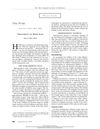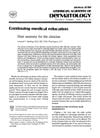Alopecia
January 2007
in “
Elsevier eBooks
”
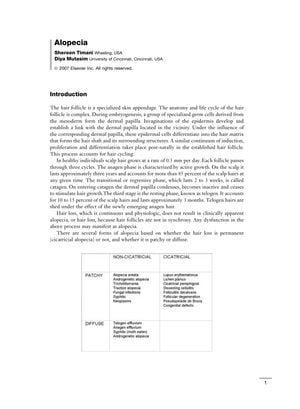
TLDR Alopecia areata is a reversible, autoimmune-related hair loss that can have significant emotional impact and uncertain treatment effectiveness.
The 2007 document provides an in-depth analysis of alopecia, focusing on the hair follicle life cycle, hair growth rates, and the phases of hair cycling. It identifies alopecia areata (AA) as a reversible form of hair loss, often linked to autoimmunity, affecting 0.1 to 0.2% of the population without preference for gender or race, and typically starting in the first two decades of life. The document notes that AA's severity can be indicated by factors such as early onset and extensive hair loss, and it can have significant psychosocial impacts. While the exact cause of AA is unknown, it is associated with immune disorders and may be related to factors like emotional stress. Treatments for alopecia vary and include corticosteroids, cyclosporine, minoxidil, anthralin, and photochemotherapy, but their effectiveness is uncertain due to individual responses. Photochemotherapy has a 20 to 50% success rate but also a high relapse rate and risks of skin cancer. Cyclosporine, which requires monitoring due to potential adverse effects, and FK506 are also discussed as treatments. Animal models have been used to study AA, with experiments showing that hair regrowth in grafted scalp on mice is reversed by the introduction of T lymphocytes. The document concludes with references to additional resources and journal citations for further reading on alopecia.
